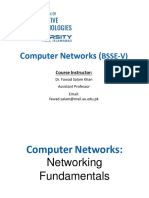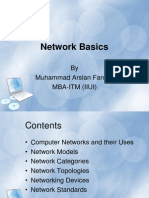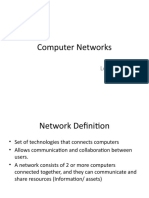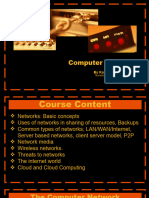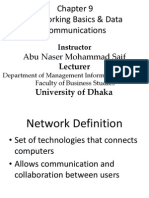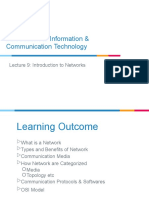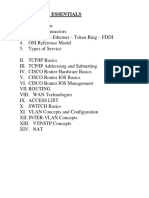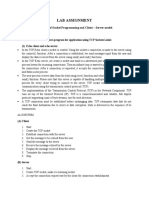0% found this document useful (0 votes)
21 views3 pagesDetailed Note On Network Basics
A network is a system that connects computers and devices for communication and resource sharing, essential for modern computing. Key uses include data and software sharing, peripheral device sharing, communication, and data backup, with common types being LAN, WAN, and hybrid networks. Network structures vary from server-based to peer-to-peer, and topologies include bus, star, ring, and mesh, utilizing both wired and wireless media for connectivity.
Uploaded by
Sahan KaveeshaCopyright
© © All Rights Reserved
We take content rights seriously. If you suspect this is your content, claim it here.
Available Formats
Download as PDF, TXT or read online on Scribd
0% found this document useful (0 votes)
21 views3 pagesDetailed Note On Network Basics
A network is a system that connects computers and devices for communication and resource sharing, essential for modern computing. Key uses include data and software sharing, peripheral device sharing, communication, and data backup, with common types being LAN, WAN, and hybrid networks. Network structures vary from server-based to peer-to-peer, and topologies include bus, star, ring, and mesh, utilizing both wired and wireless media for connectivity.
Uploaded by
Sahan KaveeshaCopyright
© © All Rights Reserved
We take content rights seriously. If you suspect this is your content, claim it here.
Available Formats
Download as PDF, TXT or read online on Scribd
/ 3

